
Similar Posts
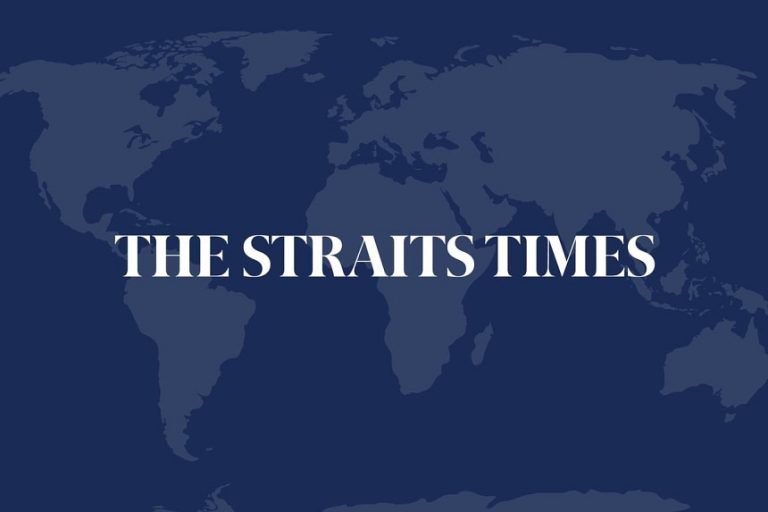
HELSINKI/STOCKHOLM – The Finnish and German governments on Monday said an investigation was under way of a severed fibre optic communications cable running on the Baltic seabed and linking the two countries, and they cited concerns about the security of critical infrastructure.
The 1,200 km (745 miles) fibre optic cable running through the Baltic Sea from Helsinki, Finland’s capital, to the German port of Rostock may have been severed by an outside force, Finnish state-controlled cyber security and telecoms network company Cinia said.
The C-Lion1 cable malfunctioned just after 0200 GMT, the company said.
The Finnish and German foreign ministries said in a joint statement that they were “deeply concerned” by the severed cable and that a thorough investigation was underway.
“Our European security is not only under threat from Russia’s war of aggression against Ukraine, but also from hybrid warfare by malicious actors,” they said. “Safeguarding our shared critical infrastructure is vital to our security and the resilience of our societies.”
The sudden outage implied that the cable was completely severed by an outside force, although a physical inspection has not yet been conducted, Cinia’s chief executive, Ari-Jussi Knaapila, told a press conference.
The damage occurred near the southern tip of Sweden’s Oland island and could typically take between five and 15 days to repair, he added.
Cinia said it was working with authorities to investigate the incident.
Swedish public service broadcaster SVT reported that Swedish authorities were also investigating damage to a communications cable running between Lithuania and Sweden, close to the one that was severed.
“It is absolutely central that it is clarified why we currently have two cables in the Baltic Sea that are not working,” Carl-Oskar Bohlin, minister of civil defence, told SVT.
The Swedish government did not immediately reply to Reuters’ request for comment.
Last year a subsea gas pipeline and several telecoms cables running along the bottom of the Baltic Sea were severely damaged in an incident raising alarm bells in the region.
Finnish police investigating the 2023 case have named a Chinese container ship believed to have dragged its anchor as a prime suspect, but have not said whether the damage was believed to be accidental or intentional.
In 2022 the Nord Stream gas pipelines linking Russia to Germany in the Baltic Sea were destroyed by explosions in a case that remains under investigation by German authorities. REUTERS

A breach of telecoms companies that the United States said was linked to China was the “worst telecom hack in our nation’s history – by far”, the chairman of the Senate Intelligence Committee told the Washington Post on Thursday.
Earlier this month, U.S. authorities said China-linked hackers had intercepted surveillance data intended for American law enforcement agencies after breaking into an unspecified number of telecom companies.
The hackers compromised the networks of “multiple telecommunications companies” and stole U.S. customer call records and communications from “a limited number of individuals who are primarily involved in government or political activity,” according to a joint statement released by the FBI and the U.S. cyber watchdog agency CISA on Nov. 13.
Beijing has repeatedly denied claims by the U.S. government and others that it has used hackers to break into foreign computer systems.
The Chinese embassy in Washington did not immediately respond to a request for comment from Reuters on Thursday night.
There were also reports Chinese hackers targeted telephones belonging to then-presidential and vice presidential candidates Donald Trump and JD Vance, along with other senior political figures, raising widespread concern over the security of U.S. telecommunications infrastructure.
“This is an ongoing effort by China to infiltrate telecom systems around the world, to exfiltrate huge amounts of data,” Mark Warner told the Washington Post.
The breach went further than the Biden administration has acknowledged, with hackers able to listen to telephone conversations and read text messages, Warner was cited as saying in a separate interview by the New York Times.
“The barn door is still wide open, or mostly open,” he told the publication. REUTERS
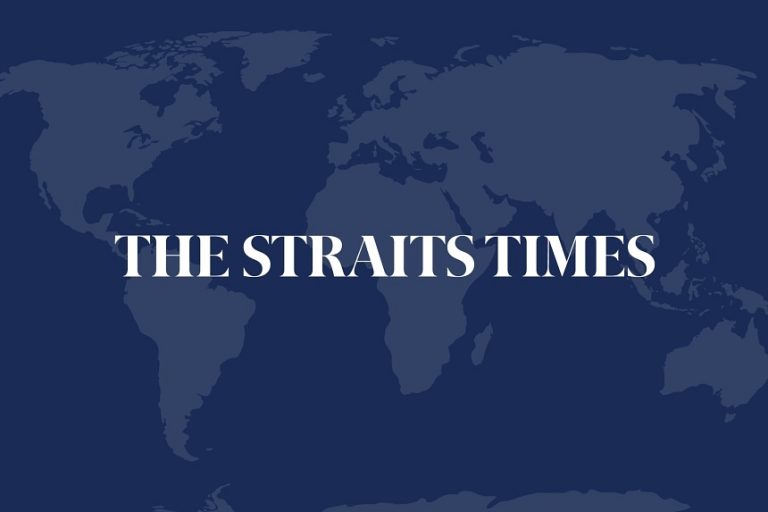
WASHINGTON – The woman who dubbed herself the “Crocodile of Wall Street” and “Razzlekhan” in rap videos was ordered to serve 18 months behind bars for helping her hacker husband launder cryptocurrency he stole from the Bitfinex exchange.
Heather Morgan, 34, was sentenced on Nov 18 in Washington federal court. Last week, her husband, Ilya Lichtenstein, got five years in prison for his role in the scheme, which stemmed from his 2016 hack of the exchange and the theft of Bitcoin currently worth billions of dollars. Both pleaded guilty last year.
Morgan wasn’t involved in the hack, and her husband said he recruited her to help hide the loot he’d stolen. They could have faced more prison time, but he agreed to aid the United States in other crypto prosecutions and she persuaded him to cooperate with the authorities.
The Verge, which called her “crypto’s most embarrassing rapper”, said she made crypto-themed rap videos under the name Razzlekhan. The whole story is expected to be immortalized in a Netflix documentary series and a film called Dutch & Razzlekhan, the tech news website said.
According to prosecutors, Morgan and Lichtenstein engaged in complex money-laundering techniques, including creating accounts under fictitious identities, moving the stolen proceeds in small amounts, and breaking up the trail of transactions by depositing and withdrawing funds from crypto exchanges and darknet markets. They purchased nonfungible tokens, gold and Walmart gift cards, court records show.
At the time of the hack, the stolen Bitcoin was worth about US$71 million (S$95 million). Now it’s valued in the billions of dollars as the price of Bitcoin has surged from US$580 to more than US$90,000. The couple laundered 21 per cent of what was stolen in the Bitfinex hack, according to the government. BLOOMBERG
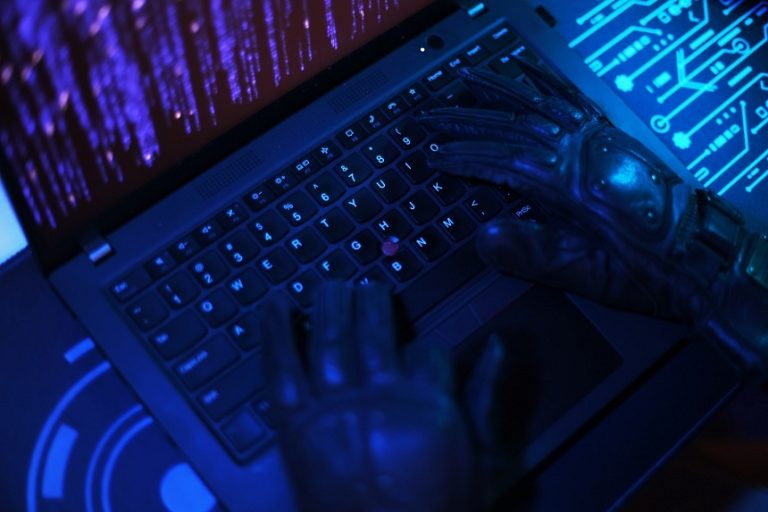
“Ofcom to Detail Actions Required for Social Media Companies Over Illegal Content by December”
LONDON – Britain’s media regulator Ofcom said on Oct 17 that it would detail what action it expected social media companies to take over illegal content on their platforms in December, saying it expected swift action or they would face consequences.
Ofcom, which is responsible for implementing the government’s Online Safety Bill, said the platforms would have three months to complete their own illegal harms risk assessments after the publication of its demands.
“The time for talk is over,” Ofcom’s Chief Executive Melanie Dawes said on Oct 17. “From December, tech firms will be legally required to start taking action, meaning 2025 will be a pivotal year in creating a safer life online.”
She said the regulator had already seen positive changes, but expectations were going to be high.
“We’ll be coming down hard on those who fall short,” she said.
Ofcom said better protections had already been introduced by Meta, the owner of Instagram and Facebook, and Snapchat which have brought in changes to help prevent children being contacted by strangers.
Britain’s new online safety regime, which became law last year, requires social media companies to tackle the causes of harm, particularly for children, by making their services safer.
If companies do not comply with the new law, they could face significant fines and, in the most serious cases, their services could be blocked in Britain. REUTERS
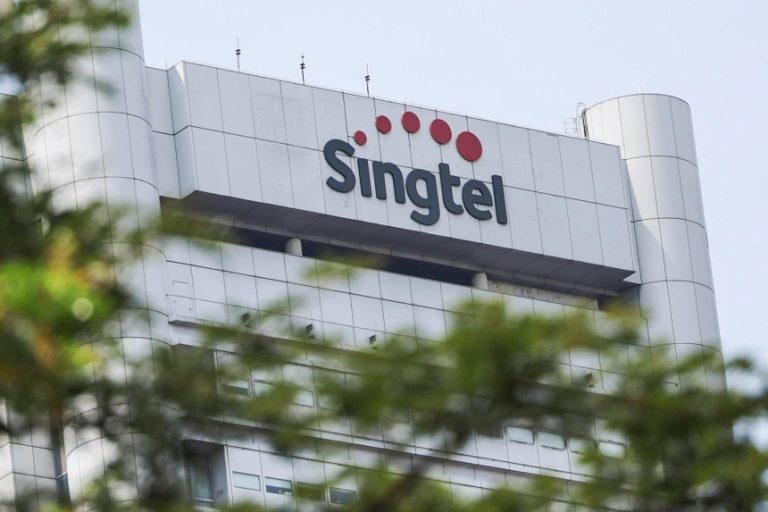
SINGAPORE – Singapore Telecommunications Ltd., Singapore’s largest mobile carrier, was breached by Chinese state-sponsored hackers this summer as part of a broader campaign against telecommunications companies and other critical infrastructure operators around the world, according to two people familiar with the matter.
The previously undisclosed breach was discovered in June, and investigators believe it was pulled off by a hacking group known as Volt Typhoon, according to the two people, who asked not to be identified to discuss a confidential investigation.
Officials in the US, Australia, Canada, the UK and New Zealand – the “Five Eyes” intelligence-sharing alliance – warned earlier in 2024 that Volt Typhoon was embedding itself inside compromised IT networks to give China the ability to conduct disruptive cyberattacks in the event of a military conflict with the West.
The breach of Singtel, a carrier with operations throughout South-east Asia and Australia, was seen as a test run by China for further hacks against US telecommunications companies, and information from the attack has provided clues about the expanding scope of suspected Chinese attacks against critical infrastructure abroad, including in the US, the people said.
In an e-mailed response to queries from Bloomberg News, Singtel did not directly address questions about the alleged breach. “We understand the importance of network resilience, especially because we are a key infrastructure service provider,” the company said. “That’s why we adopt industry best practices and work with industry-leading security partners to continuously monitor and promptly address the threats that we face on a daily basis. We also regularly review and enhance our cybersecurity capabilities and defences to protect our critical assets from evolving threats.”
A spokesperson for the Chinese Embassy in Washington, Liu Pengyu, said he was not aware of the specifics, as relayed by Bloomberg, but that in general, China firmly opposes and combats cyberattacks and cybertheft.
The US is currently battling its own suspected Chinese attacks of political campaigns and telecommunications companies. Officials have described the telecom breaches as one of the most damaging campaigns on record by suspected Chinese hackers and one that they are still seeking to fully understand and contain.
In the US telecommunications attacks, which investigators have attributed to another Chinese group called Salt Typhoon, AT&T Inc. and Verizon Communications Inc. are among those breached, and the hackers potentially accessed systems the federal government uses for court-authorised network wiretapping requests, the Wall Street Journal reported in early October.
US intelligence officials think the Chinese hacking group that Microsoft Corp. dubbed Salt Typhoon may have been inside US telecommunications companies for months and found a route into an access point for legally authorised wiretapping, according to a person familiar with their views.
AT&T declined to comment. Verizon did not respond to a request for comment.
Through those intrusions, the hackers are believed to have targeted the phones of former President Donald Trump, running mate JD Vance and Trump family members, as well as members of Vice-President Kamala Harris’ campaign staff and others, the New York Times has reported.
In the case of the alleged Singtel breach, one of the people familiar with that incident said the attack relied on a tool known as a web shell.
In August, researchers at Lumen Technologies Inc. said in a blog post they assessed with “moderate confidence” that Volt Typhoon had used such a web shell. A sample of the malware was first uploaded to VirusTotal, a popular site for security experts to research malicious code, on June 7 by an unidentified entity in Singapore, according to Lumen researchers.
The web shell allowed hackers to intercept and gather credentials to gain access to a customer’s network disguised as a bona fide user, they said.
The hackers then breached four US firms, including internet service providers, and another in India, according to Lumen researchers.
General Timothy Haugh, director of the National Security Agency, said in early October that the investigations into the latest telecommunications breaches were at an early stage. Later in October, the FBI and the Cybersecurity and Infrastructure Security Agency said they had identified specific malicious activity by actors affiliated with the Chinese government and immediately notified affected companies and “rendered technical assistance.”
A spokesperson for the National Security Council last week referred to the “ongoing investigation and mitigation efforts,” but directed further questions to the FBI and CISA.
Singtel uncovered the breach of its network after detecting suspicious data traffic in a core back-end router and finding what it believed was sophisticated, and possibly state-sponsored, malware on it, according to the other person familiar with the investigation.
The malware was in “listening” mode and didn’t appear to have been activated for espionage or any other purpose, the person said, adding that it reinforced a suspicion that the attack was either a test run of a new hacking capability or that its purpose was to create a strategic access point for future attacks.
There is evidence that Salt Typhoon reached the US at least as early as spring 2024, and possibly long before, and investigators tracking the group think it has infiltrated other telecommunications companies throughout Asia, including in Indonesia, Nepal, the Philippines, Thailand and Vietnam, according to two people familiar with those efforts.
The NSA has warned since 2022 that telecommunications infrastructure was vulnerable to Chinese hacking. Volt Typhoon has been active since at least mid-2020, having attacked sensitive networks in Guam and elsewhere in the US with a goal of burrowing into critical infrastructure and staying undetected for as long as possible.
The hacks by both Chinese Typhoon groups have alarmed Western officials and raised concerns about the number and severity of backdoors – a way to get around security tools and gain high-level access to a computer system – that China has placed inside critical IT systems. Those entry points could be used to conduct espionage or prepare the battlespace for use in a potential military conflict with the West.
Chinese hackers have long been accused of conducting espionage attacks against the US – including, most notably, the theft of security clearance applications for tens of millions of US government workers held by the Office of Personnel Management.
But officials say the latest hacks go a step further and in some cases suggest China may be amassing capabilities to disrupt or degrade critical services in the US and abroad.
Paul Nakasone, a retired general who led the NSA for nearly six years until February, told reporters in October that the latest telecommunications hacks by Salt Typhoon were distinguished by their scale, and that the two Chinese groups represent a tremendous challenge for the government. “I am not pleased in terms of where we’re at with either of the Typhoons,” he said. BLOOMBERG
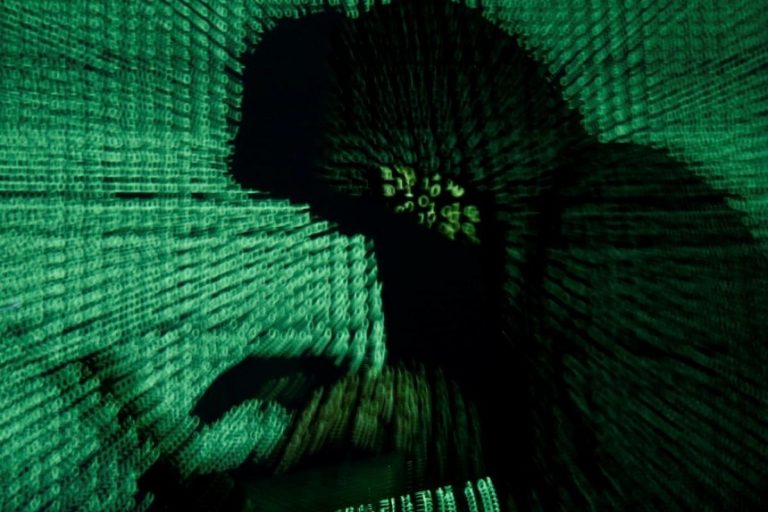
An Iranian hacking group is actively scouting U.S. election-related websites and American media outlets as Election Day nears, with activity suggesting preparations for more “direct influence operations,” according to a Microsoft blog published on Wednesday.
The hackers – dubbed Cotton Sandstorm by Microsoft and linked to Iran’s Islamic Revolutionary Guard Corps – performed reconnaissance and limited probing of multiple “election-related websites” in several unnamed battleground states, the report said. In May, they also scanned an unidentified U.S. news outlet to understand its vulnerabilities.
U.S. Vice President Kamala Harris, the Democratic candidate, faces Republican rival Donald Trump in the Nov. 5 presidential election, which polls suggest is an extremely tight race.
“Cotton Sandstorm will increase its activity as the election nears given the group’s operational tempo and history of election interference,” researchers wrote. The development is particularly concerning because of the group’s past efforts, they said.
A spokesperson for Iran’s mission to the United Nations said that “such allegations are fundamentally unfounded, and wholly inadmissible.”
“Iran neither has any motive nor intent to interfere in the U.S. election,” the spokesperson said.
In 2020, Cotton Sandstorm launched a different cyber-enabled influence operation shortly before the last presidential election, according to U.S. officials. Posing as the right-wing “Proud Boys,” the hackers sent thousands of emails to Florida residents, threatening them to “vote for Trump or else!”
The group also released a video on social media, purporting to come from activist hackers, where they showed them probing an election system. While that operation never affected individual voting systems, the goal was to cause chaos, confusion and doubt, senior U.S. officials said at the time.
Following the 2020 election, Cotton Sandstorm also ran a separate operation that encouraged violence against U.S. election officials who had denied claims of widespread voter fraud, Microsoft said.
The Office of the Director of National Intelligence, which is coordinating the U.S. federal effort to protect the election from foreign influence, referred Reuters to a past statement that said: “Foreign actors — particularly Russia, Iran, and China — remain intent on fanning divisive narratives to divide Americans and undermine Americans’ confidence in the U.S. democratic system.” REUTERS
